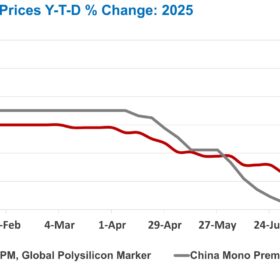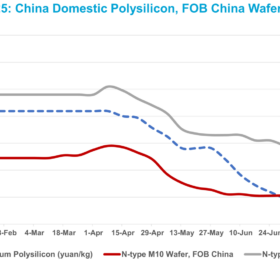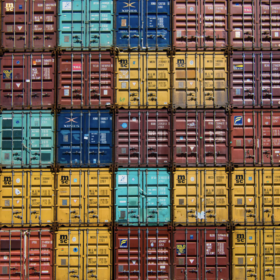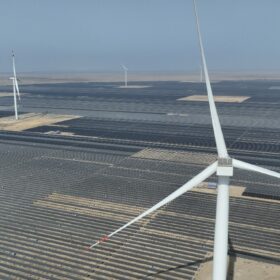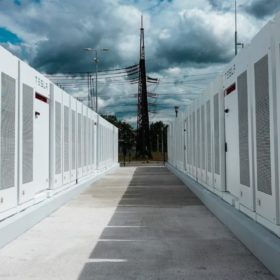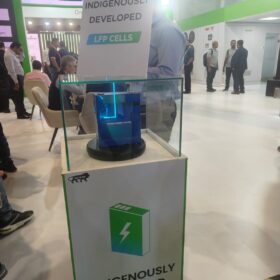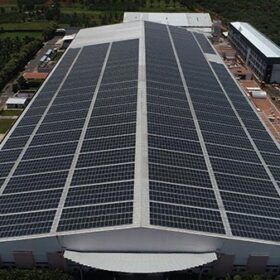India’s solar EPC evolution: Why boutique firms are attracting institutional capital
Boutique EPC companies prioritize efficiency, customization, and site-specific solutions, and they frequently outperform their larger counterparts in terms of cost-performance ratios.
Green collar careers: Powering India’s workforce for a sustainable future
Studies, including one by Deloitte, show that 80% of the skills required for green collar jobs already exist in India’s current workforce. With the right upskilling, these capabilities can be unlocked to help millions shift into meaningful, future-ready careers.
Building 500 GW: Powering India’s clean energy transition and energy independence
India is already investing in energy storage solutions such as batteries and pumped storage to enable greater integration of renewable energy into the grid. However, this alone may not be sufficient. It’s time to also look at demand management to enable dovetail between renewable energy generation and demand.
Chinese polysilicon prices stabilize after five-week 31% rally
In a new weekly update for pv magazine, OPIS, a Dow Jones company, provides a quick look at the main price trends in the global PV industry.
ALCM implementation to hamper execution of 20-25 GW of green open access projects
Following the implementation of Approved List of Cells and Manufacturers (ALCM), the expected shortage of DCR modules is likely to hamper the execution of nearly 20–25 GW of green open access projects over the next 2-3 years. Concurrently, the high prices of DCR modules will also increase the project power tariff by up to INR 0.4 – 0.5 per unit.
Beyond Rhetoric: India’s clean energy investments speak for themselves
India has drawn billions of dollars into renewable infrastructure from global institutional investors, private equity firms, and corporate stakeholders. Initiatives such as the National Solar Mission, coupled with predictable tariff structures and streamlined regulatory mechanisms, have created a conducive environment for capital deployment.
China solar cell rally stalls amid worsening margin squeeze
In a new weekly update for pv magazine, OPIS, a Dow Jones company, provides a quick look at the main price trends in the global PV industry.
Redefining Smart Cities: The transformative role of solar energy in urban grid evolution
The economics of solar have evolved significantly. With declining panel costs and robust government support—through schemes like the PM Surya Ghar Muft Bijli Yojana and PM-KUSUM—solar is now a financially viable solution for municipalities and citizens alike.
How the India-UK FTA can turbocharge clean energy cooperation and investment between the two nations
Trade is only half the story, the bigger opportunity lies in green finance. Indian renewable energy projects require an estimated $250 billion in capital by 2030. The UK, home to one of the world’s most mature green finance ecosystems, including institutions like the Green Investment Bank and large ESG-focused funds, is ideally positioned to bridge this gap.
US opens next round of solar import probes targeting India, Indonesia, Laos
The US Department of Commerce has initiated full investigations into anti-dumping and anti-subsidy cases against solar imports from India, Indonesia, and Laos filed in July. These investigations, conducted alongside the US International Trade Commission (ITC), are expected to continue into next spring.



